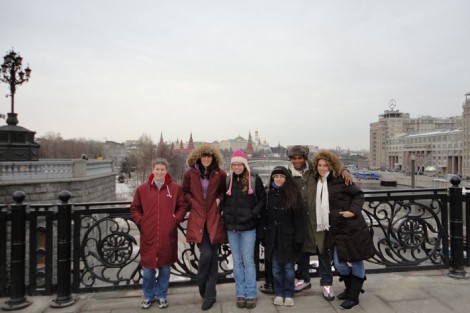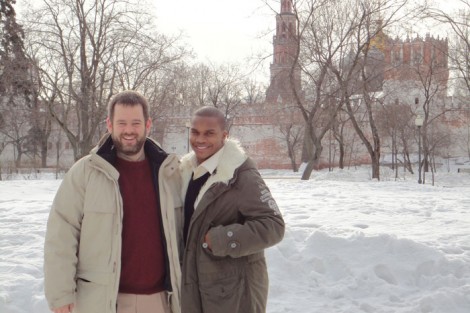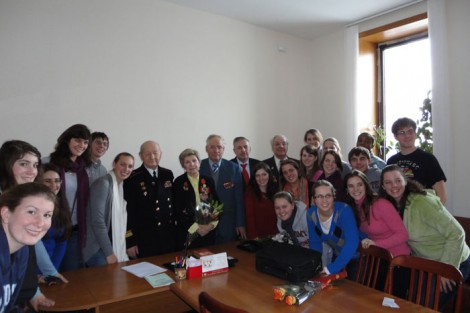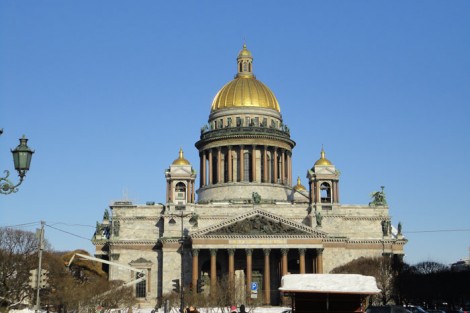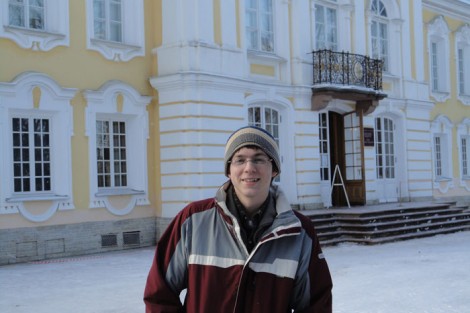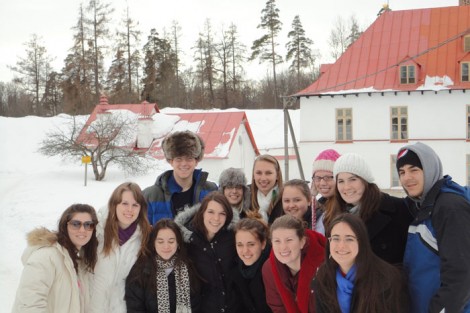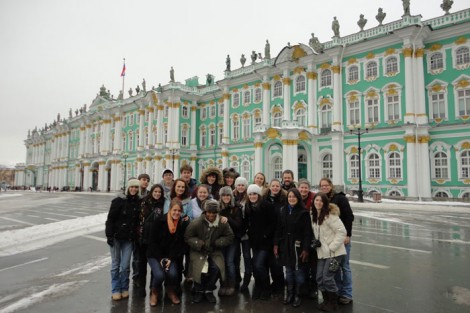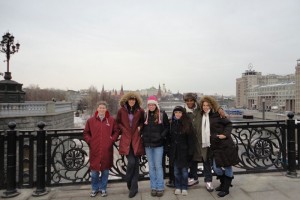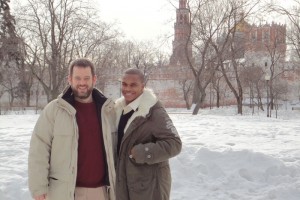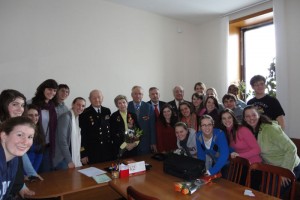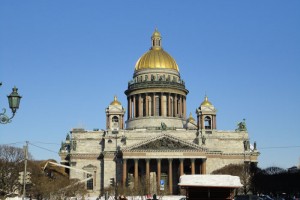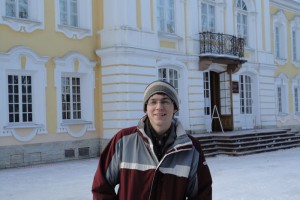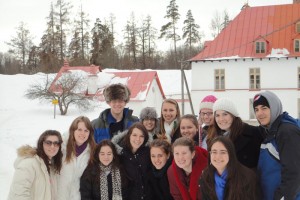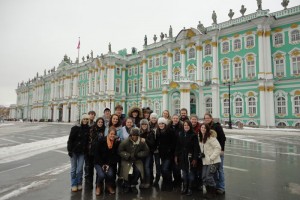By John Zenker ’12
John Zenker ’12 (Morristown, N.J.), a history major, joined 18 other students on a two-week trip to Russia during spring semester 2010. The free trip was part of an interdisciplinary course on the culture, history, and art of Russia taught by Joshua Sanborn, associate professor of history, and Ida Sinkevic, associate professor of art.
In the weeks following my return from Russia, I have been asked several questions about my experience: How long was the flight? What was the weather like? How was the food? Which city was your favorite? How do people dress? Did a lot of people speak English?
These are all fine questions, and they are asked because so many want to try and gain a perspective on how Russia, or any foreign country for that matter, is different from the United States. But my favorite questions to answer are not those fact-finding, tourism questions. What were the people like? This is a great question, for it touches on the most valuable part of the trip: The chance to build global relationships.
Of course, I am not diminishing the importance of the museums we visited, or the historical locations we explored, or the cathedrals and palaces we toured. This information is very relevant for a course on Russian history, art, and culture. We can learn so much from how Russia has developed by visiting these locations. But we can learn even more about what Russia is now, not by walking through museums or listening to a lecture, but by strolling the city streets and visiting the places most often frequented by Russian residents. In these places, one can truly gain an appreciation for the lifestyle of the people and what issues they face today. So when people ask me, “What were the people like?” I can, with full confidence, reply, “Just like us.”
History can have a profound effect on people, and Russia is no different. The country is twice as old as the United States, and the roots of the people can be traced even further back. They have experienced devastating wars, unbearable famines, oppression in the countryside, and constant pressure from neighboring people.
Counted as a whole, Russian society has been molded by its history. Counted individually, however, it seems like Russians are the same as anyone else. Russians, too, hurry from place to place with an iPod. Russians, too, eat fast food and shop at malls. Russians, too, complain about the weather and national politics. Russians, too, areconcerned about the wellbeing of themselves and their families. The basic hopes, frustrations, and attitudes about day-to-day life are consistent, and I believe this is true everywhere, from Nairobi, to London, to Cancun. That is the most valuable lesson of my experience in Russia.
This idea found its way into almost everything we did in Russia. Speaking with Russian World War II veterans was more valuable that scanning the exhibits in the World War II museum. Walking down any Moscow street was more valuable than shopping on the tourist-focused Arbat street. Taking taxis through Moscow past midnight was more valuable than driving through the city in a tour bus. Talking with Moscow and St. Petersburg police was more valuable than watching them do their job. Being in Russia is more valuable than reading about it in the newspaper.
The trip did a great job of balancing the informational and experiential aspects of Russia. I got a sense of why Russian society is the way it is while experiencing it firsthand. It was an amazing journey, one which I will never forget.
